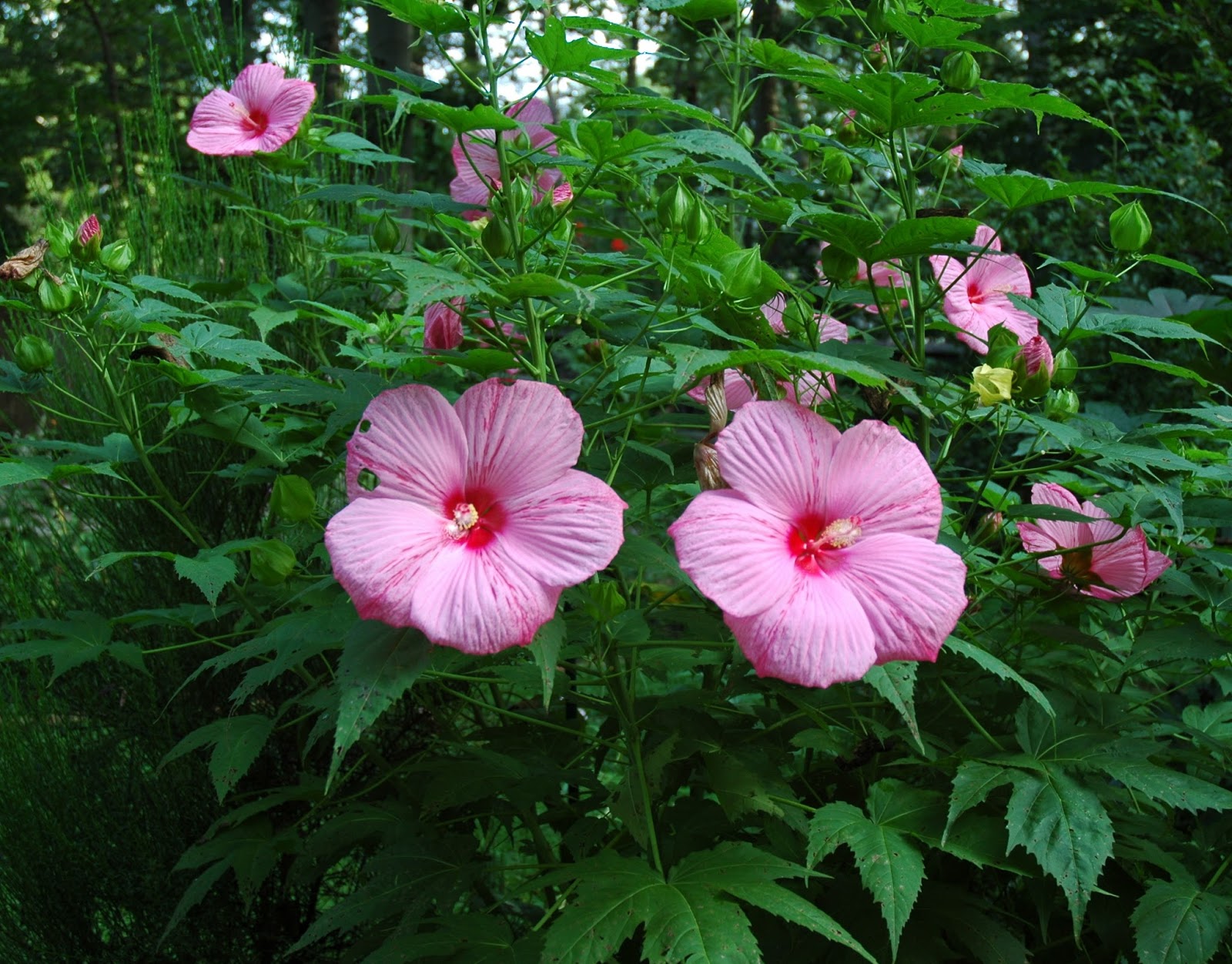
Mature field grown plant shipped bare root. Perennial Hibiscus plants have no severe pest or disease problems. Some perennial Hibiscus plants are compact and some habits are taller. Hibiscus can be used in the garden as focal point, as a border or arranged to provide an informal hedge. In spring, cut back any remaining stems before new growth appears. Hibiscus should be heavily mulched the first winter. It is best to plant Hibiscus in the garden before the heat of the summer arrives. Peppermint Schnapps is in the Hibiscus Cordials series, known for shorter and fuller habits than the industry standards for Hibiscus moscheutos. Attracts hummingbirds and deer resistant. One Hibiscus plant can produce hundreds of flowers, especially with deadheading to prolong the bloom period. Hardy Hibiscus begins blooming in mid-summer and will often continue producing flowers until frost. Do not pinch all the way back to the hardwood portion of the stem. To encourage branching, pinch plants back when new shoots are 2 inches long. Fertilizer should not be used after June to ensure that the Hibiscus flower production is not impeded by excess nitrogen. Provided with organic soil (or a fertilizer application in the spring) and plenty of water. Do not over-water dormant plants, but after dormancy is broken, do not let plants wilt. Keeping these plants watered will result in larger flowers and lush foliage. Plant the Hibiscus crown at or just below soil level in a moist, well-drained, sunny location.

This plant has a sturdy, upright habit with good branching and green, maple-cut leaves. They match the bright red eye in the center of each flower. Large 8-10 inch, pink flowers that are dashed with streaks of deep reddish-pink throughout the flower petals. Mature height 4 to 6 feet, width 4 to 6 feet. Hibiscus 'Peppermint Schnapps' PP18939 (25) BR PlantsĬommon Names: Rose Mallow, Swamp Mallow, Hardy Hibiscus, Dinner-Plate Hibiscus, Fleming hybrid Hibiscus, or Perennial Hibiscus.


 0 kommentar(er)
0 kommentar(er)
